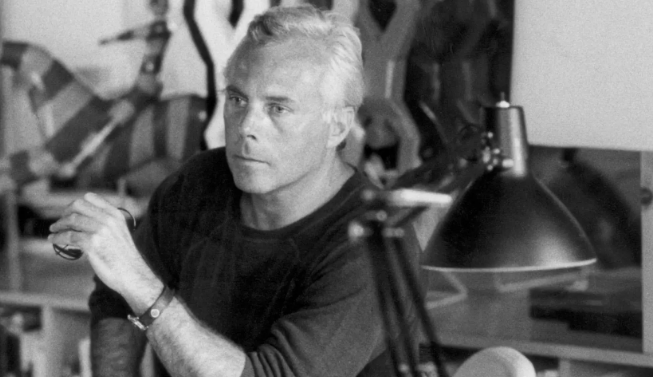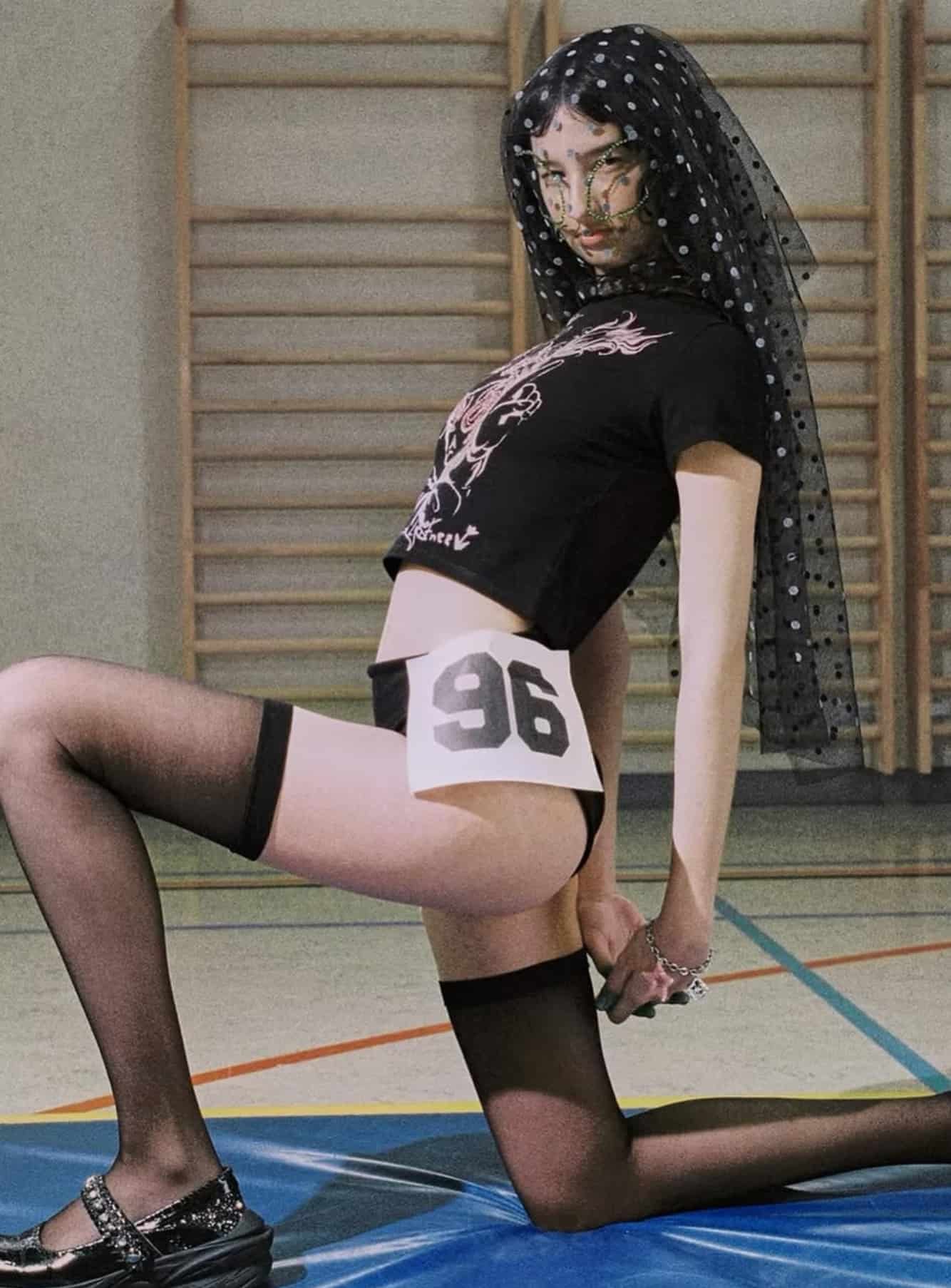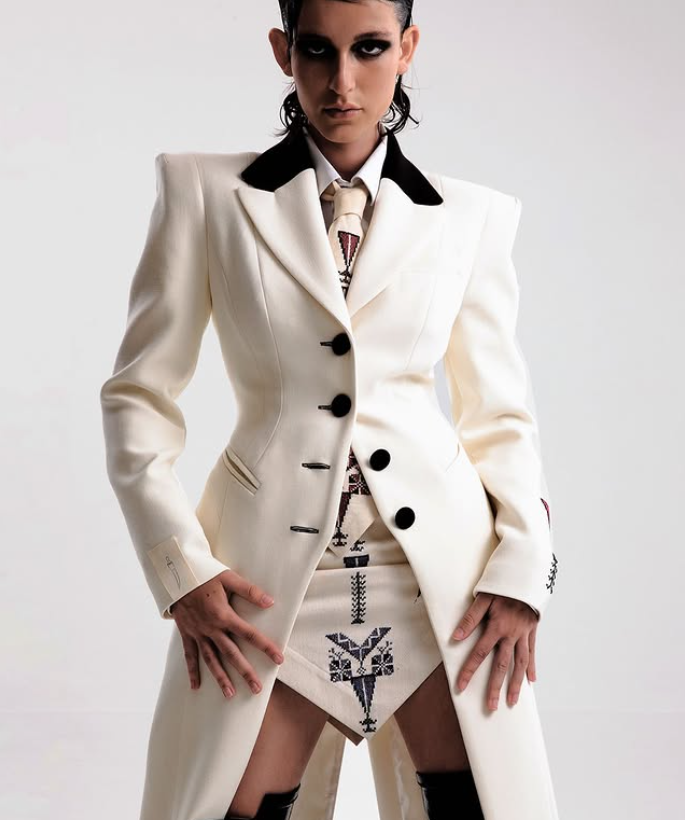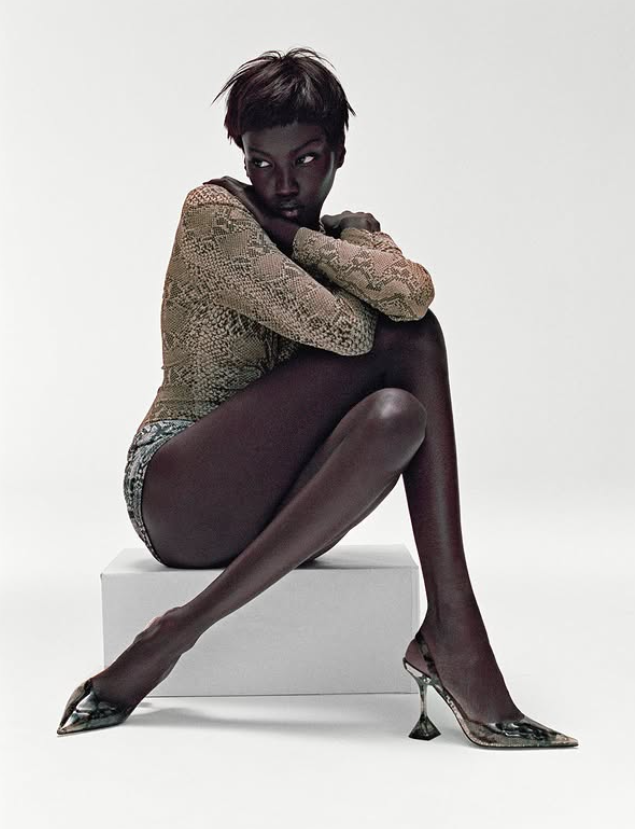The world of fashion has lost one of its most transcendent architects. Giorgio Armani, the Italian designer who redefined elegance with the sobriety of clean lines and the precision of an architect of dress, has passed away at 91 in his Milan home. His departure is not just the loss of a creator, but the farewell to an entire era in which fashion became a universal language of power, sophistication, and freedom.
Armani was born in 1934 in Piacenza, in an Italy scarred by war and reconstruction. Perhaps that austere environment shaped his sensitivity to capture the beauty of the essential. After a brief foray into medicine and compulsory military service, his destiny shifted when he began working on the displays of La Rinascente, Milan’s grand department store. There, he discovered that his true scalpel was not the surgeon’s knife but scissors and cloth.
His debut as an independent designer in 1975, alongside Sergio Galeotti, marked the beginning of an empire. While Paris clung to the excesses of haute couture, Armani pursued a revolutionary aesthetic: unstructured suits, relaxed shoulders, neutral palettes. Instead of adornment, he offered purity; instead of artifice, authenticity. Thus was born “King Giorgio,” the man who showed the world that elegance could be sober and magnetic all at once.
One of his most iconic moments came in 1980 with American Gigolo. Richard Gere, dressed head-to-toe in Armani, became the embodiment of masculine desire and sophistication. Suddenly, every Wall Street executive craved that gray suit that exuded authority without stiffness. Armani wasn’t just designing clothes: he was shaping a lifestyle, projecting power through silence.
By the 1990s, his influence expanded to Hollywood. Julia Roberts, radiant in Armani as she accepted her Oscar, and Jodie Foster, luminous in his designs, cemented his alliance with the red carpet. Armani became synonymous with cinematic elegance. His empire diversified: Armani Privé in haute couture, Armani Exchange for youth, Armani Casa for interiors—an entire universe orbiting the same vision: that true luxury lies in timelessness.
But Armani was more than fashion. He embodied Made in Italy and quiet discipline. Unlike other designers engulfed in excess or scandal, he lived discreetly, away from unnecessary flashes, working tirelessly until his final days. His personal uniform—navy T-shirt and impeccable trousers—was itself a manifesto: it was never about him, but about the work.
His legacy is vast. Armani freed women from rigid masculine tailoring, offering uniforms of power infused with restrained femininity. He gave men suits that conveyed strength without armor. And he taught generations of designers that innovation and simplicity can—and must—coexist.
Today, as Milan mourns its most illustrious son, the city breathes the very sobriety he elevated into canon. His boutiques, temples of elegant minimalism, will continue to shine as beacons of a philosophy that transcends passing trends. His teams and houses under the Armani umbrella now face the challenge of guarding an identity that was never about loudness, but harmony.
Perhaps this is Armani’s greatest lesson: that fashion, at its purest, is an act of respect—toward the body, and toward life itself. His chair at the Armani Teatro will remain empty, but every time a suit flows effortlessly over a shoulder, every time a gown glows without shouting, his spirit will be there.
Giorgio Armani does not die; he transforms into the memory of elegance. His name will forever be synonymous with serene perfection and discreet grandeur. The fashion world bows in reverence, knowing that his mark will remain intact, etched into every fold of contemporary style.


















